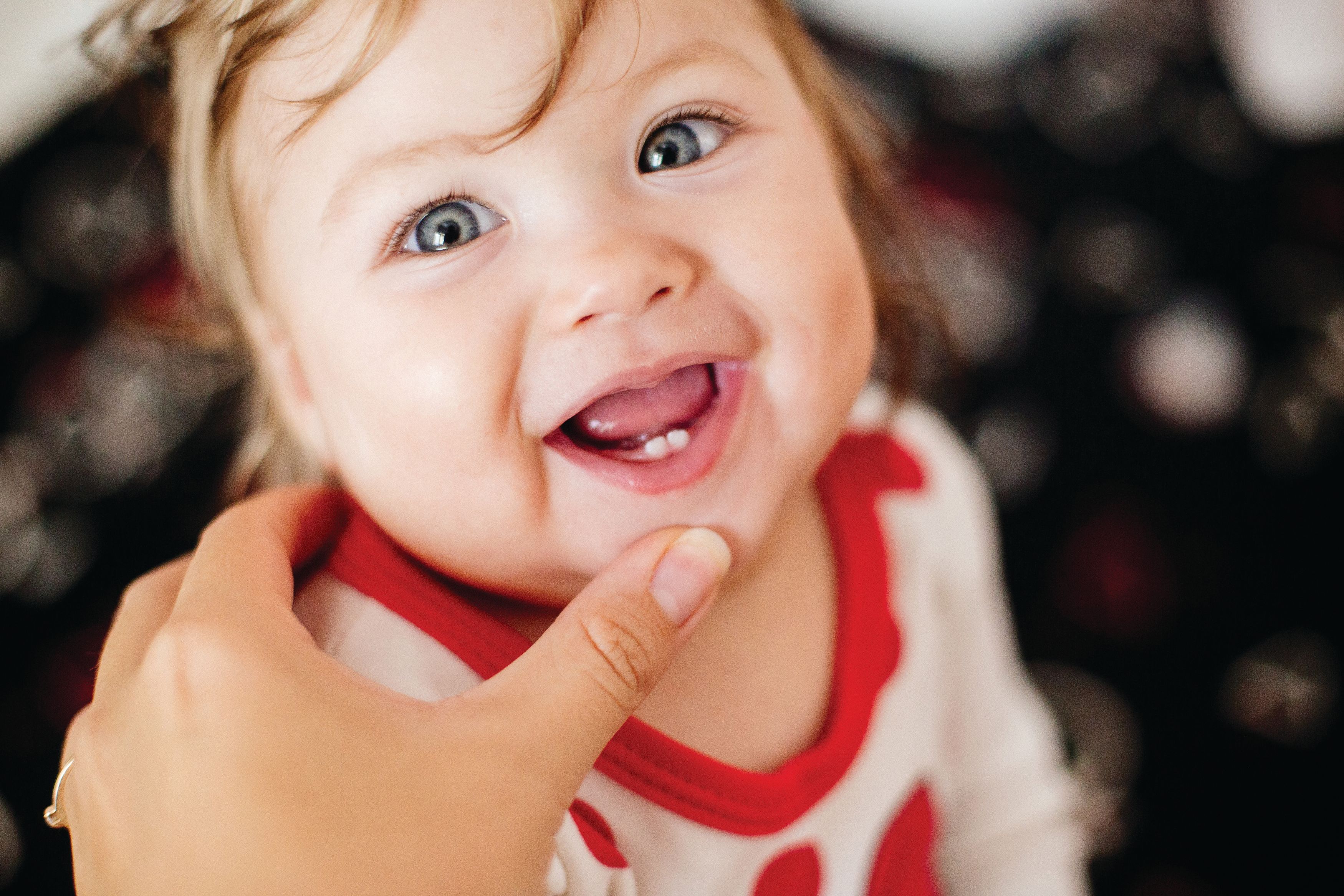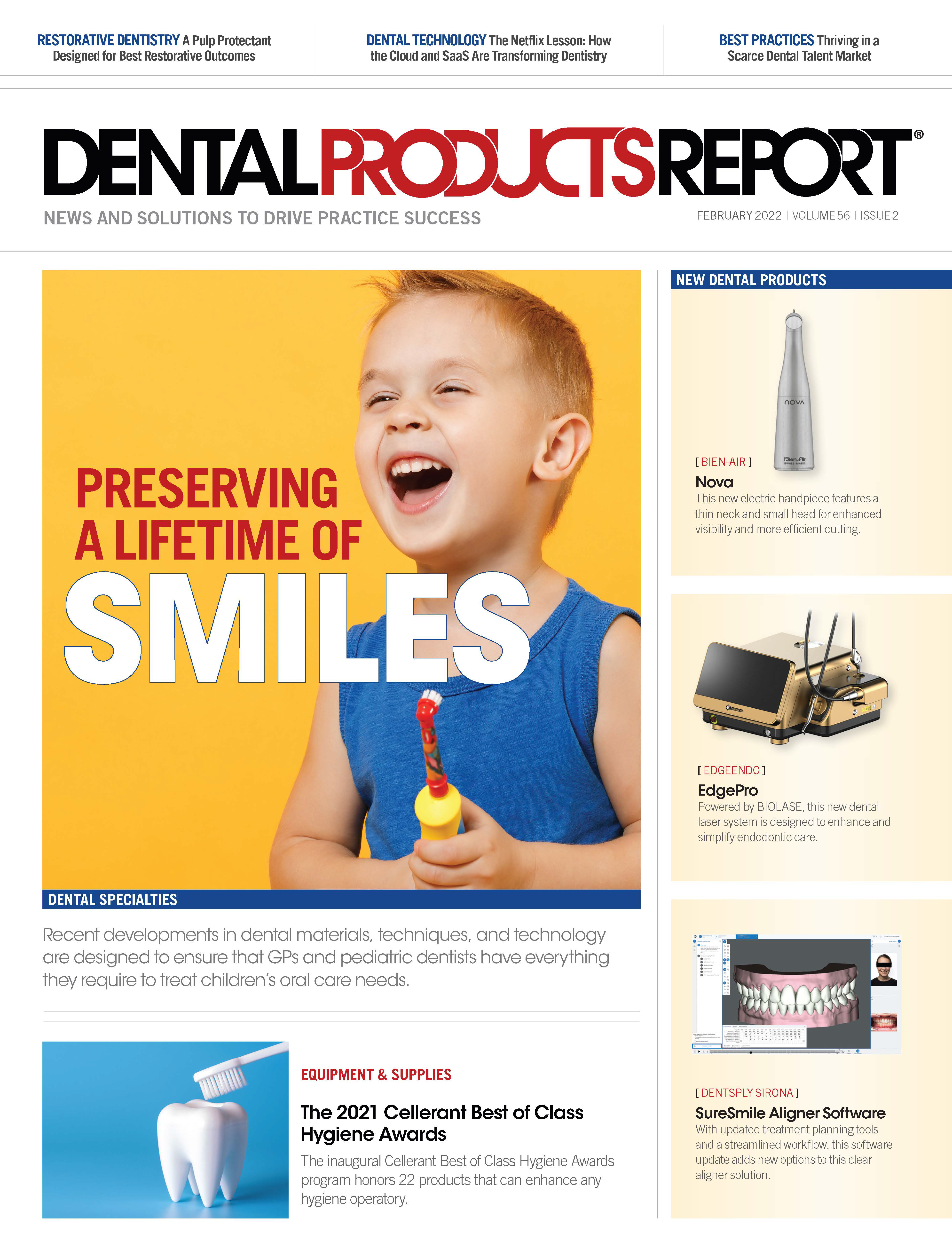5 Big Facts About Little Teeth
©Alina Kulbashnaia / stock.adobe.com

This month, we turn our focus to primary teeth with our cover story on the advancements made in pediatric dentistry. For children, there is a lot of excitement around the loss of baby teeth, including a visit from the Tooth Fairy and some money under their pillows. But primary teeth actually serve a few important functions that many may not realize. Here are 5 interesting facts about baby teeth.
1. Present at Birth
Twenty primary teeth are already present in the jaws at birth.1 They typically appear when a baby is 6 months to 1 year old.1 Most children have their full set of primary teeth by the age of 3.1
2. Erupt in Order
Baby teeth usually erupt in a specific order.1 Every child is different, but typically breakthrough starts with their central incisors in the lower jaw, followed by the central incisors of the upper jaw.1
3. Key Differences
Primary teeth differ from adult or permanent teeth in several key ways2:
- Primary teeth enamel is usually thinner, often making them appear whiter.
- Primary teeth are smaller than permanent teeth and the front baby teeth can come in with bumps that wear off over time.
- The roots of baby teeth are shorter and thinner because they are designed to fall out.
4. Important Functions
Baby teeth not only help a child speak clearly and chew naturally but also provide a path for adult teeth to follow when they are ready to erupt.3
5. The Tooth Fairy Myth
Rituals surrounding the loss of baby teeth are not a new phenomenon. Every culture has its own customs, including burning the tooth, burying it in a hole or wall, or even swallowing it.4 Anthropologists have found that these customs are parallel with a society’s burial rituals.4 The closest comparison to the American Tooth Fairy comes from an 18th-century French fairy tale called “La Bonne Petite Souris” (“The Good Little Mouse”), although other myths are thought to date back much further.4
